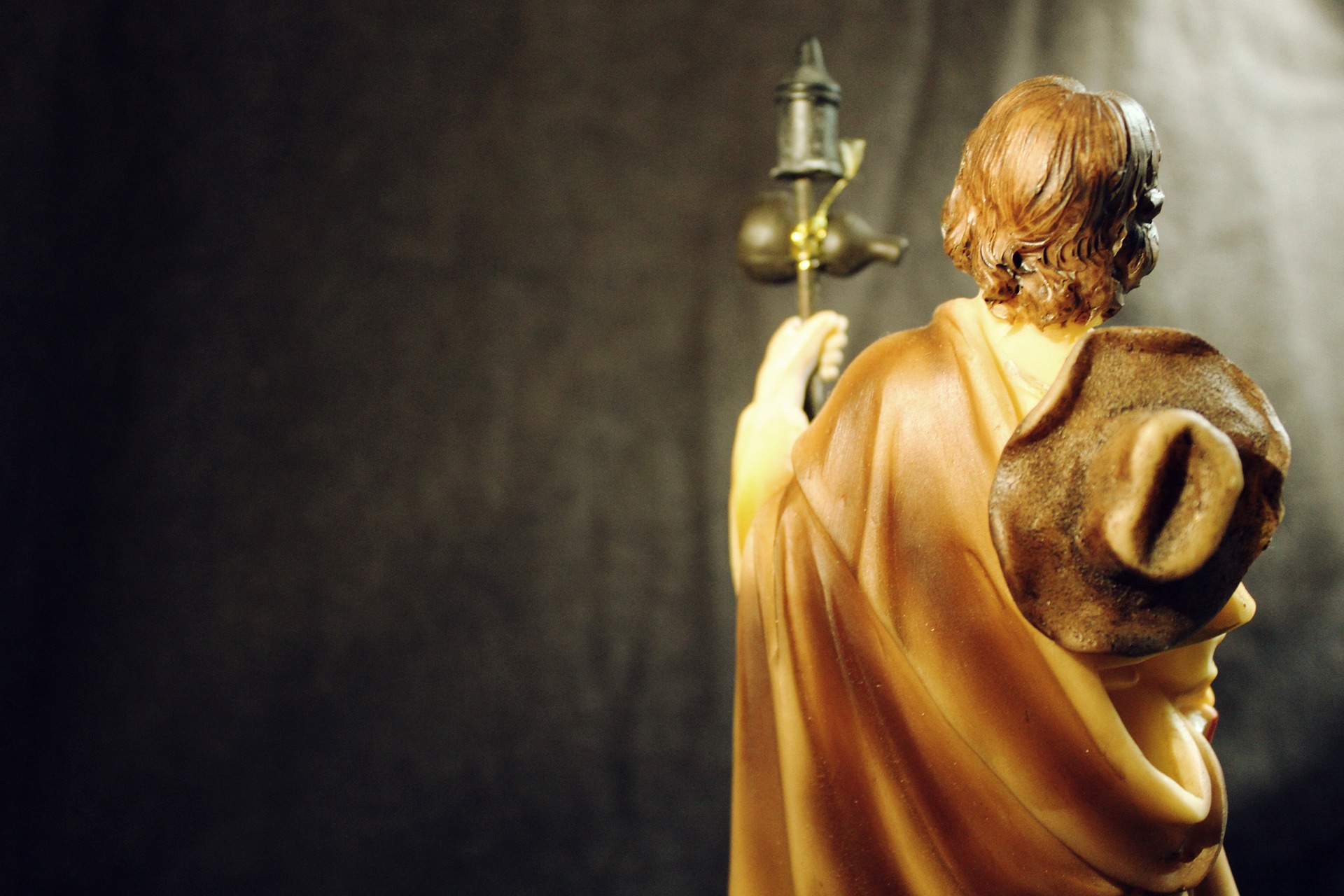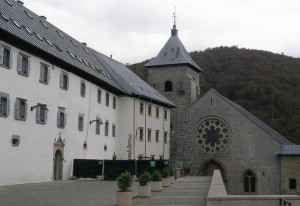Every year thousands of pilgrims visit the tomb of the Apostle Santiago in the crypt of the Cathedral of Santiago. It is the symbolic and spiritual goal of the Camino de Santiago. The point where the different Routes that cross Europe converge.
But although now we all know where the remains of Santiago are, they were not always under the main altar of the Compostela basilica.
Today at ALBERGUES DEL CAMINO we tell you the story of the Apostle Santiago. Let’s go there!
Who was Santiago de Compostela
Saint James was born, according to what they say, in Betsaida, a place in the historic region of Galilee. Currently, this area corresponds to one of the northern states of Israel.
He was the son of Zebedee and Salome. Like his brother John his, he worked primarily as a fisherman alongside his father Zebedee and his friend Simon his. According to the apostle’s life story, both John the Evangelist and James decided to leave their life as fishermen when Jesus contacted them to become part of his group of 12 apostles.
As the Bible tells, both brothers were nicknamed by Jesus Christ as “the sons of thunder”, given their passionate character. The Apostle James the Greater accompanied Jesus in many of his miracles and witnessed many of his appearances after his resurrection.
The truth about the remains of Santiago el Mayor
The history of the authenticity of the remains discovered in Santiago de Compostela is very long. There are many theories and little convincing evidence. The Catholic Church assures that the remains found there belong to the Apostle Santiago el Mayor.
However, some written documents place the apostle outside of Judea on the dates of his death. It is even questioned that the holy apostle came to set foot in Spain, as the story of the apostle Santiago el Mayor tells.
Some theorists affirm that the remains found in the Cathedral of Santiago de Compostela actually belong to Bishop Prisciliano. The reality is that the church has prohibited, by papal bull, DNA tests to verify the authenticity of the remains. Therefore, everything seems to indicate that their worship will continue to be a matter of faith.
The tomb of the Apostle Santiago
According to the history of Santiago de Compostela, the tomb of the Apostle Santiago el Mayor was discovered in the 9th century. However, the first clues about the location of the apostle’s remains date back to the appearance in the year 500 of documents that mention the following places:
- Iria-Padron
- Sacred Mount
- Jerusalem
- Arcis Marmoricis
However, like all legends, the definitive discovery of the remains of Santiago is wrapped in much more mystery.
Remember that on our social networks we will keep you up to date with all the news that arises, follow us on Facebook or on Instagram!
In addition, we encourage you to share with us your experience walking the Camino de Santiago on these social networks by tagging us or including the hashtag #alberguesdelcamino in your post. We look forward to your photos!












